Overclocking
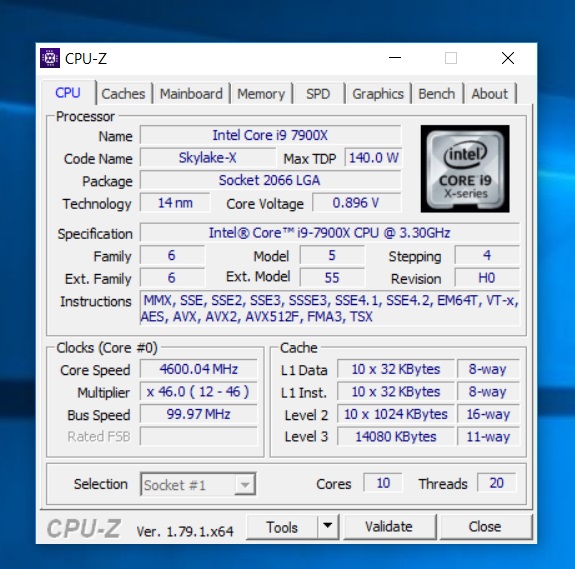
We should start by stating that we've swapped CPUs from an early engineering sample to a retail OEM version courtesy of Overclockers UK. As a result, the power consumption numbers for the overclocked results aren't directly comparable in the graphs, but we've included previous results for reference purposes.
Interestingly, the new CPU required significantly less voltage than the older sample, requiring just 1.14V with the Asus Prime X299-Deluxe and 1.17V with the MSI X299 SLI Plus to get to 4.6GHz, instead of typically 1.24V. On the other hand, the older CPU ran much cooler at higher voltages.
This frequency will now be our target with every motherboard, and we'll report on the voltage required to get there. As a result, the overclocked power consumption will likely be lower than it has been in the past - the MSI X299 SLI Plus is the first review with the new CPU. However, all other results are comparable.
Performance Analysis
It's clear from the graphs that since Skylake-X's launch, some headway has been made with EFIs. We first sat the MSI board on the test bench in June, and it had some teething issues, but most of these seem to have been ironed out. Some remain, though, such as the VRM heatsinks still getting excessively hot under load when overclocked - this is something that's been a concern to many enthusiasts over the last few weeks.
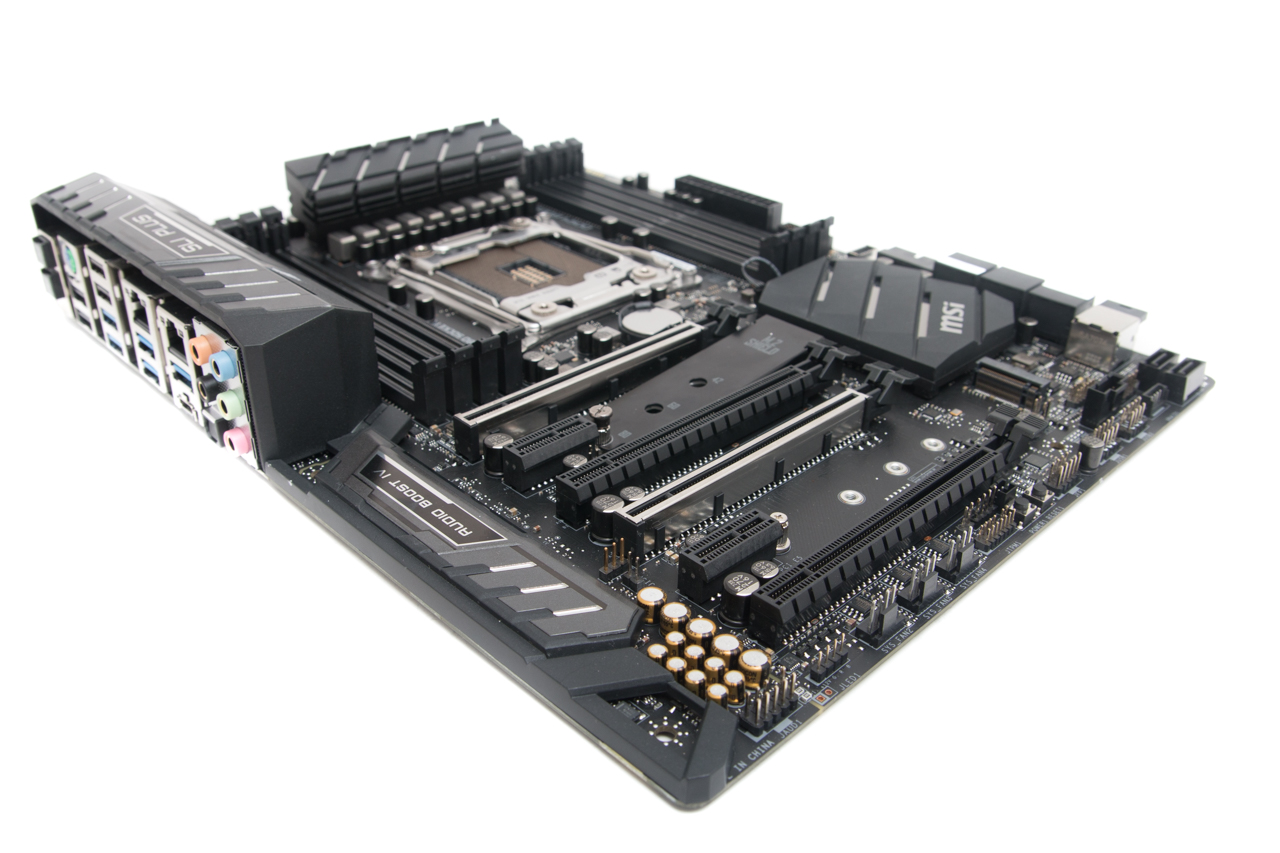
One issue with the MSI X299 SLI Plus specifically is its stock speed power consumption, which was significantly higher than the competition and is the cause of slightly higher benchmark results. For stock speed benchmarking, we head into the EFI and simply enable the XMP profile and don't touch any other settings. MSI enables enhanced turbo by default, so instead of boosting to 4GHz across all cores, the X299 SLI Plus actually boosted to 4.3GHz, which explains the higher stock speed power consumption and results in many tests. Audio performance was a match for other boards we've tested, which is unsurprising given all have used some variation of the Realtek ALC1220 audio codec.
Storage performance was similar too, although the latest EFI still doesn't see the M.2 speed increase, which is currently languishing a few hundred megabytes a second below what we'd expect on the read speed in the sequential 32-queue depth test in CrystalDiskMark. Using an M.2 drive alone with no SATA 2.5" SSD connected still didn't solve the issue, so it's likely either an issue with Skylake-X or due to the bandwidth for the M.2 slots coming from the chipset and not the CPU on most boards.
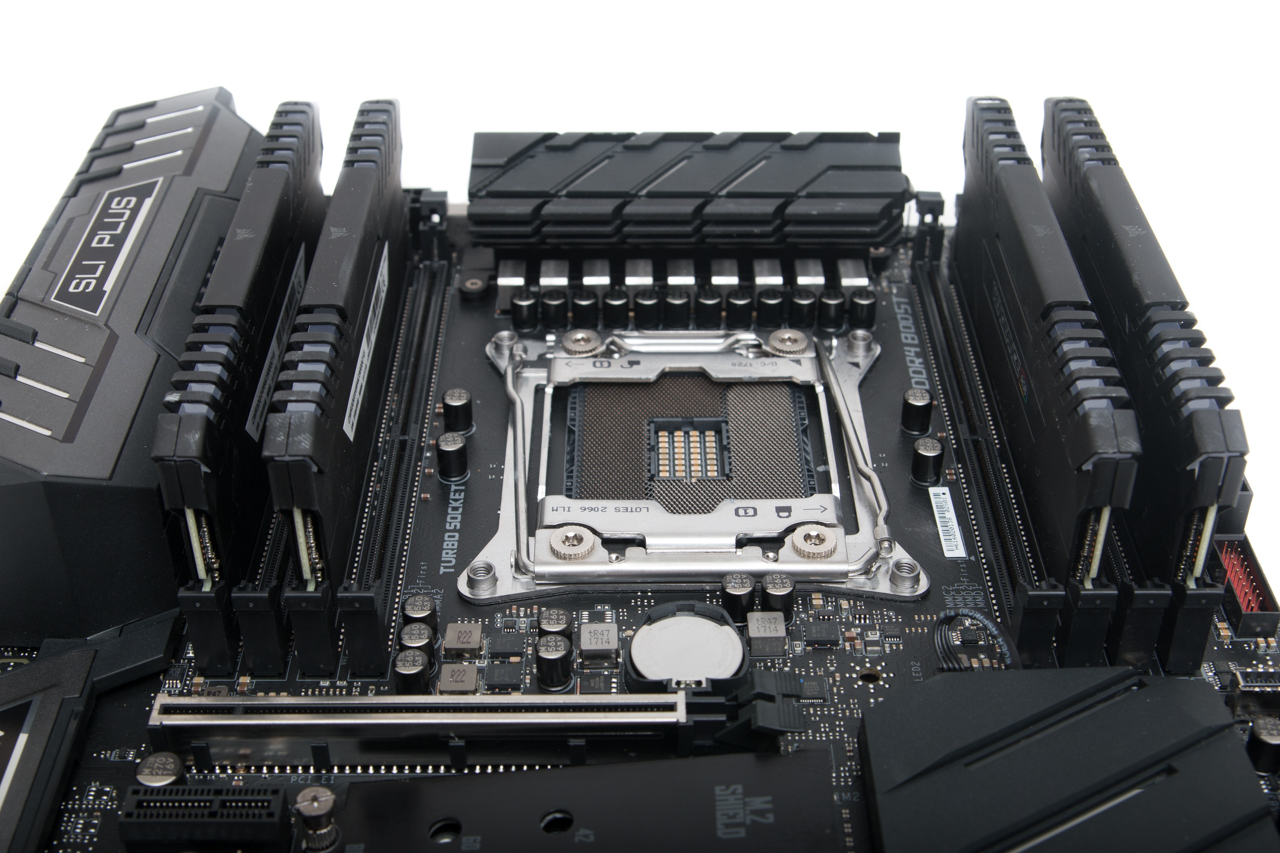
Conclusion
In many ways, the MSI X299 SLI Plus is a better bet than the Asus Prime X299-A. You get more storage options, a much more populated I/O panel with significantly more USB ports, a CMOS clear switch, power and reset buttons, and a more capable EFI-based fan control suite too. In addition, you'll have £15 in your back pocket compared to forking out for the Asus board as well, and for this reason we've dished out an award. The control over the onboard lighting isn't as functional as we're used to, and you'll need to use the EFI for the most extensive fan control options, but apart from these snags, the MSI X299 SLI Plus will make for an excellent choice for around £250.


MSI MPG Velox 100R Chassis Review
October 14 2021 | 15:04

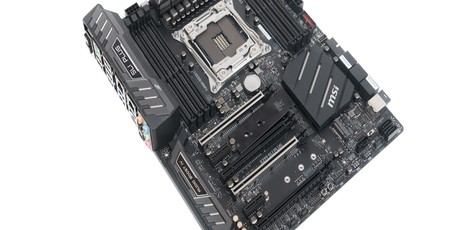
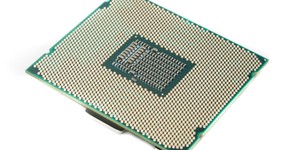
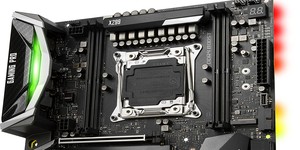





Want to comment? Please log in.